By Rajiv Malhotra
I have written extensively on Hinduism and my book, Being Different, explains what is distinct about Hinduism, whereas Breaking India describes how certain forces are trying to undermine it. These two books may be seen as positive and negative, respectively: positive in the sense of defining what Hinduism is and negative in the sense of exposing the threats it faces.
Both aspects get combined and taken forward in my subsequent book Indra’s Net. I will briefly summarise the seven major ideas I want readers to take away from this book - ideas that are not widely appreciated but that are vital for engaging today’s discourse.
The Vedic paradigm of Indra’s Net:
My writings have extensively described the principle of integral unity with origins in ancient Indian texts. Conceptually, the term ‘Indra’s net’ is often used as a metaphor to describe something similar: interconnectivity, interdependency and flux. It is nowadays used by writers in a wide range of topics in quantum physics, environmentalism and social harmony. Indeed, many aspects of post-modernist theories (such as resistance to reductionism) are based on such notions. However, this metaphor is widely presented as a Buddhist idea.
It is obvious that Indra is a Vedic deity. So I decided to investigate the matter. This is how I discovered that Buddhism first elaborates on this metaphor in the Avatamsaka sutra, and that this Buddhist sutra was adopted from the Vedas. The Avatamsaka sutra was written in Sanskrit and then translated into Mandarin. However, large parts of the Sanskrit original have survived.
This discovery meant a lot to me, as it added depth to my understanding of the Vedas. I also started re-exploring the notion of dharma as an open architecture, an idea I had explained over a decade back, but had then set aside. The coming together of the Vedas, Madhyamika Buddhism, integral unity, modern science and sociology into the Hindu open architecture was indeed exhilarating. The construct of open architecture to describe Hinduism’s unity and continuity opened major new doors for my inquiry. Indra’s Net explains all this.
I now have a solid framework to explore dharmic unity across the multiplicity of texts, deities, arts, darshanas (worldviews) and margas (paths). It is the best unifying paradigm I have found thus far, and yet it has seamless continuity from the Vedas to modern notions like open architecture. I consider this the single biggest idea presented in this book.
The unity of Vedanta-Yoga:
My exploration of this unifying principle led me to study the debates between those who said Vedanta and Yoga are irreconcilable and their opponents who argued that they could be combined without any contradiction. Given that Vedanta and Yoga are major areas within Hinduism and that most modern movements teach both, I wanted to find the resources that show their unity. This is where I found numerous writings. Though Adi Shankara’s texts have been interpreted by some to claim a conflict between the two paths, my book shows that many others have interpreted differently. Many of the followers in Shankara’s own lineage have adopted very explicitly the position of their unity. This is the specific issue where Anantanand Rambachan and I argue on opposite sides. I do not claim any originality in this particular idea, as it is a well-known debate in our tradition that I draw upon multiple sources.
The foundations and continuity of social ethics:
It is often claimed that Hinduism lacks social ethics, and that examples of social ethics in practice are coincidental and not based on Vedic metaphysics. It is argued that the notion of mithya interprets the mundane world as illusory, thereby encouraging disengagement from practical matters and abandoning the social well-being of our fellow human beings. Such arguments hold that the quest for moksha is an individualist (and selfish) escape from the world, and hence one has no reason to help others whose very existence is illusory to begin with.
I was able to use the integral unity principle as my pathway back into old texts and narratives and thereby discover for myself the ancient foundations for social harmony in our traditions. These are neither modern additions nor arbitrary aspects for us. The social responsibility each of us carries is built into the very fabric of dharma. Indra’s Net explains this in detail. We can confidently assert this claim and refute those who see our tradition as ‘world negating’. This understanding is not any original idea of mine as it is well-documented, but needs to be brought out more explicitly.
The digestion of dharma into Abrahamic and Western systems:
Over the past few decades, I have evolved and refined the concept of digestion. While many Hindus are very concerned about the threat posed by conversions and by Hinduphobia, they often wrongly interpret digestion as a form of flattery and hence end up supporting it. One of my important contributions during the past two decades has been to argue against some prominent leaders of our faith in this regard. I argue that the ‘sameness’ claim they teach is harmful: it causes our assets to become digested into other non-dharmic systems. A good example is the way yoga is being digested into Christian Yoga. It is amazing that even after two decades of tirelessly explaining this threat, the vast majority of Hindu thinkers are still promoting attitudes that directly or indirectly facilitate digestion.
While Being Different offered some powerful methods that would help us preserve our difference (and hence not get digested), Indra’s Net explains some examples where we are being digested and the reasons for this. But my complete research on this is yet to be published. I have been working on a multi-volume series on my U-turn Theory where the mechanisms of digestion will be expounded in considerable detail.
Poison Pills and Porcupine Defence:
People often ask me to suggest solutions to the digestion problem. So I have been meditating on this and have received insights from time to time. While I was writing Indra’s Net, these insights crystallised when I thought of how the porcupine defends itself without being aggressive. If eaten up, its quills would destroy the internal organs of a predator because these cannot be digested by the predator. This creates a deterrent. The predator does not want its digestion system to fall apart.
Using this insight and the business term ‘poison pill’ that I had come across during my corporate career, I explored and developed my proposal of poison pills to protect Hindu dharma from being digested. I gave a few examples in Indra’s Net and suggested that our gurus must develop many such poison pills to ensure the protection of dharma against digestion projects. My future volumes on U-Turn Theory and digestions will discuss my original insights in greater detail. This is the core contribution that I have, humbly and within my limitations, been working on.
The Neo-Hinduism Theory to undermine modern Hinduism:
At the 2013 American Academy of Religion annual conference, a team of Western scholars led by Professor Rambachan gave me my first direct and intense encounter with this insidious thesis - that modern Hinduism is an artificial construct made up by Swami Vivekananda and others during the British era. This school claims that Swami Vivekananda and others were disingenuous in making it seem as if there was a unity across Hindu texts, deities, practices, philosophies, etc. The Neo-Hinduism school claims there was no such unity and that this false unity was manufactured in order to create a national political consciousness.
I started to research into the background of this new theory because I intuitively knew, as an insider to the tradition, that this was incorrect, and saw the potential danger to Hinduism. The other big ideas mentioned above helped me develop a rebuttal to Neo-Hinduism. This is how Indra’s Net took shape – as a coalescence of big ideas in order to defeat the Neo-Hinduism thesis.
Indra’s Net gives a separate chapter on each of the major scholars who have played a role in developing the Neo-Hinduism thesis or giving it implicit philosophical support. The sources for my information are mostly the original writings by the very scholars I criticise. (For instance, the chapter on Ursula King (the church minister who mentored Rambachan for all his higher education) cites only King’s works. Likewise, for the chapter on Agehananda Bharati.)
My contribution in this big idea is to ‘connect the dots’ across these scholars’ work and show how they undermine the tradition’s self-understanding. An important new insight I provide is that the Indian left draws much of its firepower against Hinduism from this Neo-Hinduism thesis, because this is its basis for claiming that Hinduism is a political construct to oppress the minorities. Indra’s Net’s new insight has strategic implications to those defending Hindu dharma.
The pre-colonial continuity of Hindu thought:
This final big idea of my book is to show the pre-colonial continuity of Hinduism. One of the many sources I drew upon for this topic was a book by Andrew Nicholson. Though he has nothing useful to say regarding any of the other big ideas mentioned above, his book focuses on how Vijnanabhikshu (prior to the British era) had written about the unity of Hinduism and Vivekananda did something similar a few centuries later. I was delighted to read a Western scholar break ranks from others and acknowledge the fact that Vivekananda drew upon Indian sources and not British ones. This is why Indra’s Net names Nicholson about 30 times while citing his book.
However, in the next print run of Indra’s Net, I have removed all references to his work. For one thing, it turns out that he has, in fact, reworded in better English the ideas lifted from many prior Indians and Westerners who wrote on this matter extensively. So I decided to cite the earlier sources instead, because they are far more accurate and comprehensive. The second and more important reason for removing Nicholson as a source of knowledge is very serious: he does not espouse the integral unity of Hinduism and, rather, portrays it is a synthetic unity forged by writers like Vijnanabhikshu. In the revised Indra’s Net, I take the unity back to the Vedas, itihasa, puranas and other source texts. Nicholson fails to do that as it would undermine Neo-Hinduism.
Conclusion:
Only two of the above seven ideas have thus far been criticised by anyone writing on Indra’s Net. A criticism by Rambachan was only on the Vedanta-Yoga unity issue. He does not refute my position, and his goal is merely to absolve himself from blame as a member of the Neo-Hinduism cabal. That is all he seeks to achieve: ‘Don’t include me as a Neo-Hindu’. At some point in the future I shall respond to him. His is a specific and very surgical critique focusing only on the one chapter where Indra’s Net discusses his work, and he has nothing else to say about the rest of the book.
The more recent criticism by Richard Fox Young from a large Christian seminary in USA is entirely on the final item above - i.e. concerning the pre-colonial writings on Hinduism’s unity. This criticism is limited to the seventh idea listed above and there, too, it attacks me for not using quotation marks in a few instances when I clearly refer to Nicholson’s book. He has nothing to say whatsoever about the views I present, only the mechanics of writing according to his style.
I hope the intelligent reader will do justice to the big ideas in Indra’s Net that are summarised above. Serious scholars must engage these ideas, whether they agree with them or oppose them, because such ideas are the need of the hour in changing the discourse on Indian civilisation.


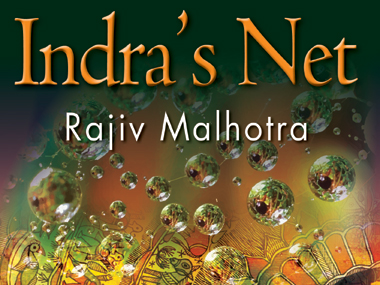)




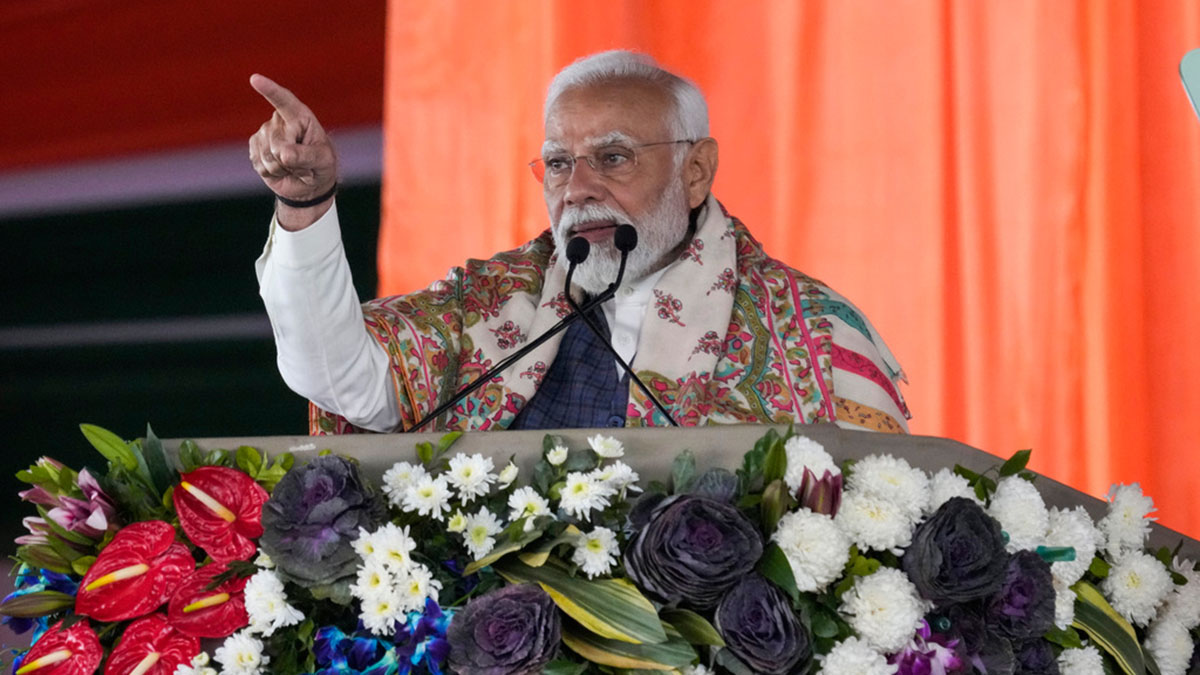)
)
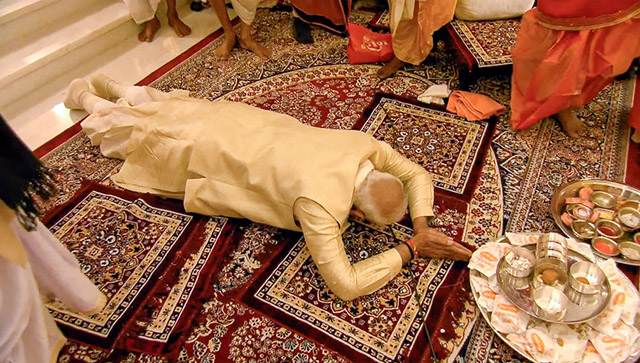)
)
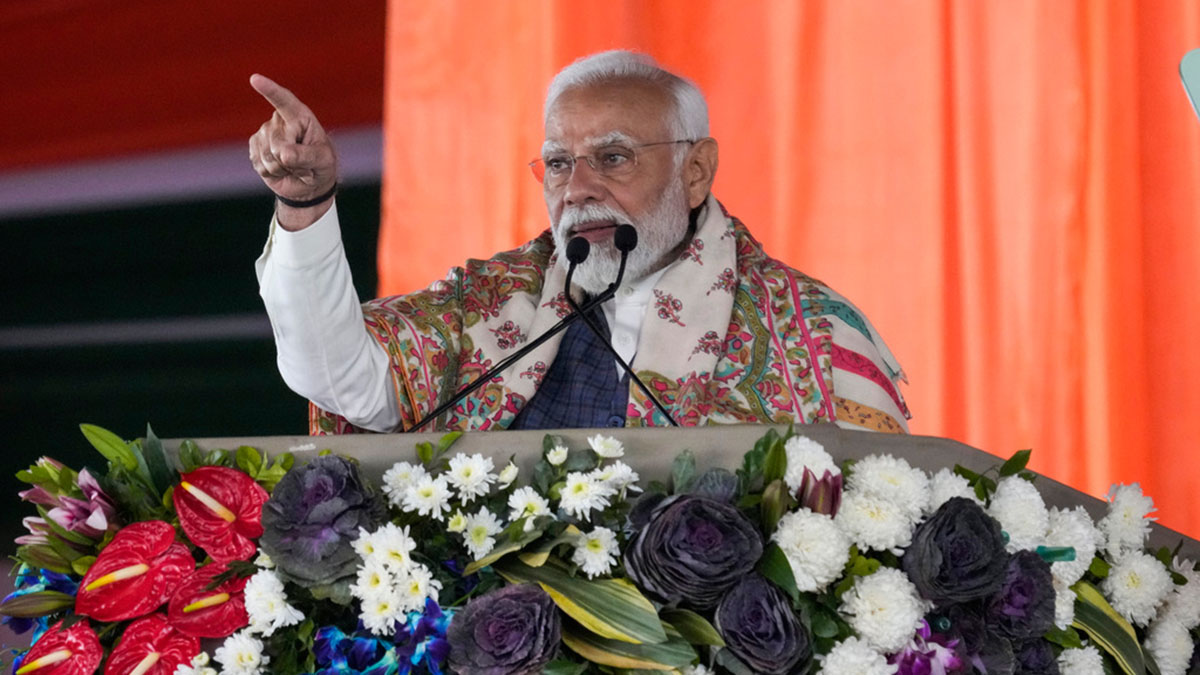)
)
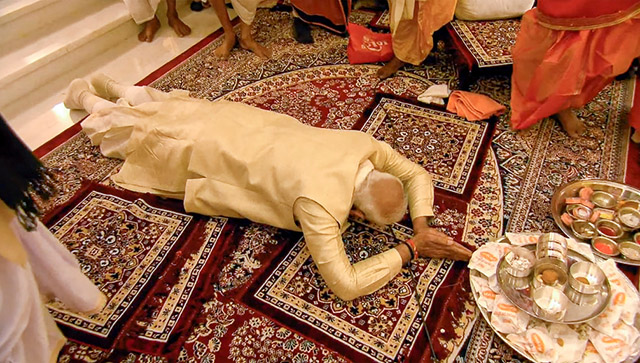)
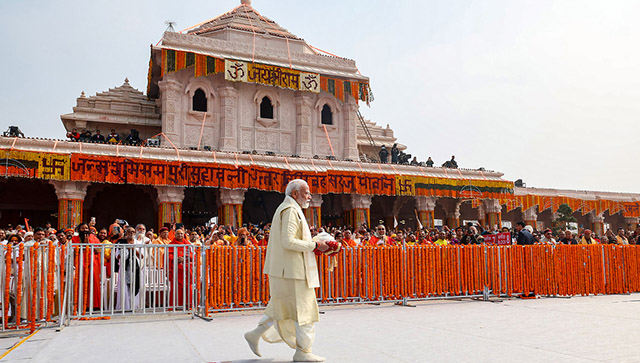)